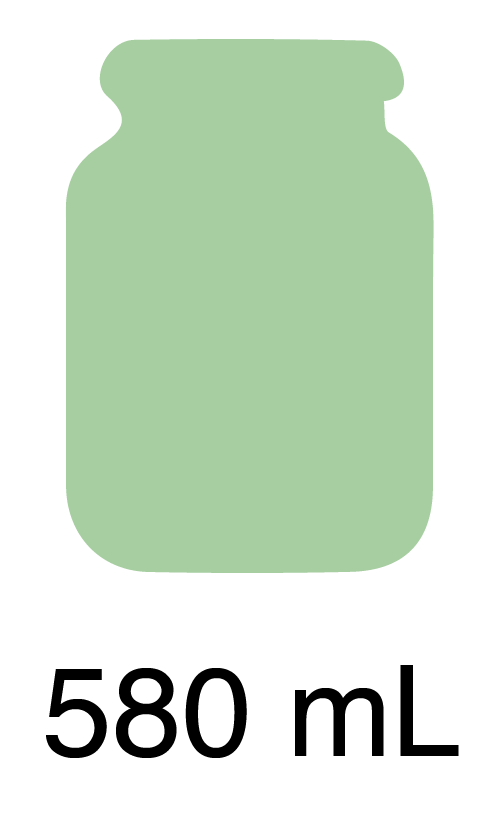Additional information
| Source area | Campania region – Italy |
|---|---|
| Nutritional Intake | Low-calorie, nourishing vegetable (90% water weight). Rich in antioxidant carotenes, but also full of calcium, iron, potassium, sodium, magnesium, phosphorous. Its seeds contain cucurbitin, an amino acid with very low content of fat acids and sodium and a good content of insoluble fibers. The fresh vegetable is a good source of vitamin C, E, thiamine, niacin, vitamin B6 and folic acid. |
| Period of transformation | From September to November |
| Trivia | The italian word “zucca” (pumpkin) derives from late latin “cucutia”. In Roman times, after being deprived of the pulp, pumpkins were dried to be used as a container for solid or liquid food. |
| Source area | Irpinia Area – Italy |
|---|---|
| Nutritional Intake | Low calorie tuber (on average 30 kcal/100g) in which the organoleptic qualities are relevant rather than nutritional ones. If water weight (80%)and soluble fiber (8% weight) are excluded, we just have proteins (2% weight), fats (4% weight), and carbohydrates (about 1% weight). Truffle is rich in potassium but also rich in magnesium, iron and zinc. The flavour comes from a mix of aromatic compounds, with a predominance of bis-methyl biomethan. This mix of aromatic substances provides the typical earthy aroma, with a scent of garlic and exotic fruits, regardless of the harvesting and ripening month. |
| Period of transformation | lso available as a frozen product, the availability period is annual. |
| Trivia | The word truffle comes from the vulgarized latin “terrae tufer”, that means “protrusion from the ground”, became later “territurfu” and at last “tartufo” (truffle). The characteristic aroma is due to androstenol, typical pheromone of male pigs, and that’s why sows have been used for searching this tuber. |


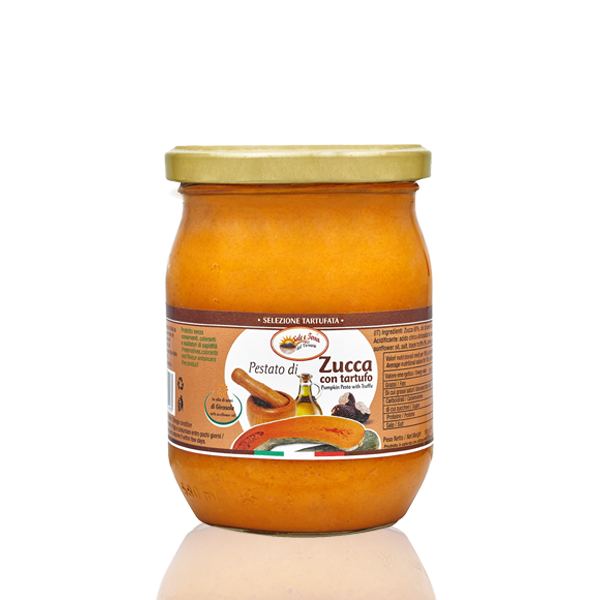
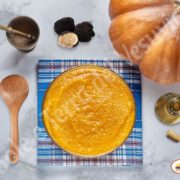
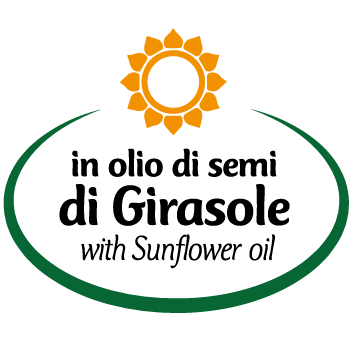
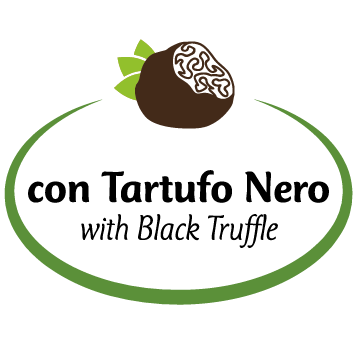
 Pumpkin 80%
Pumpkin 80% Black truffle 5%
Black truffle 5% Sunflower olive oil
Sunflower olive oil Sea salt
Sea salt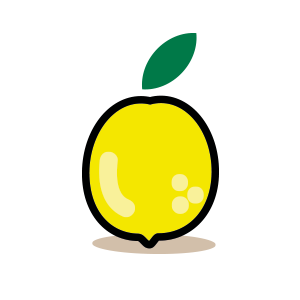 Acidifying: citric acid
Acidifying: citric acid Aromas
Aromas
